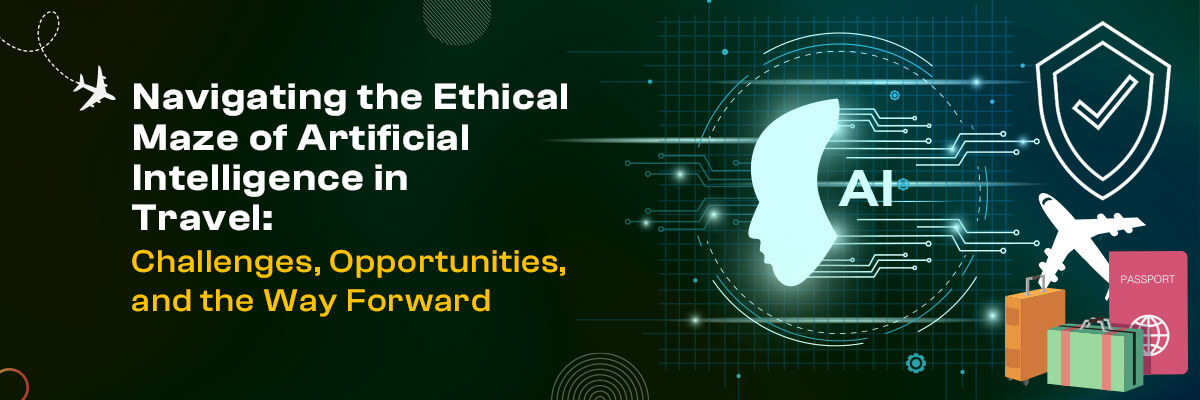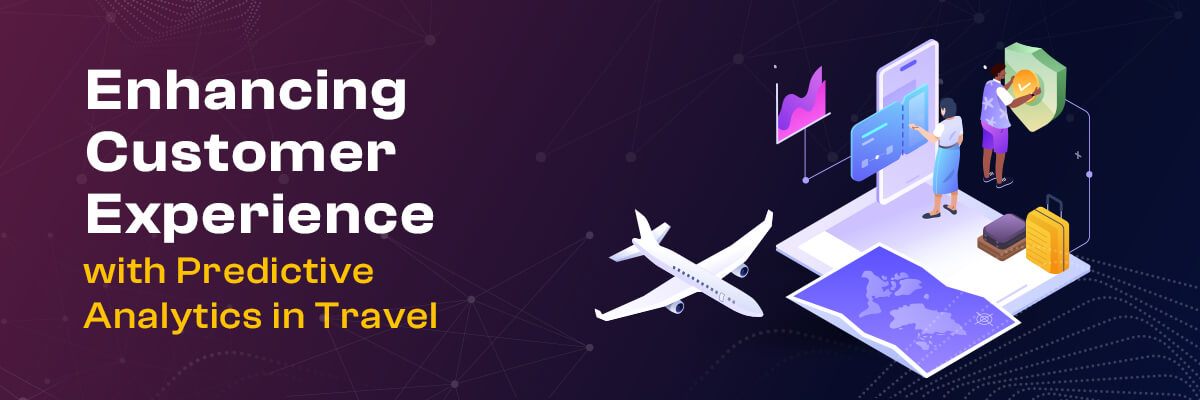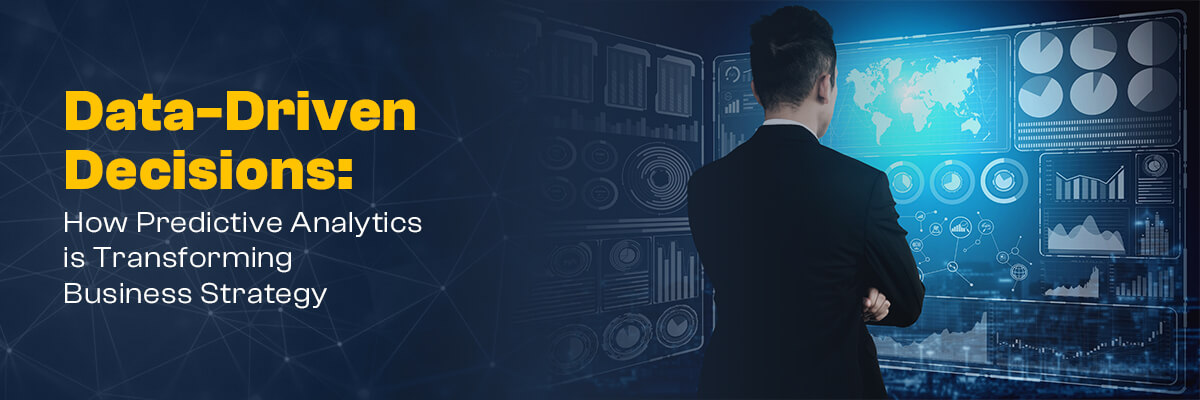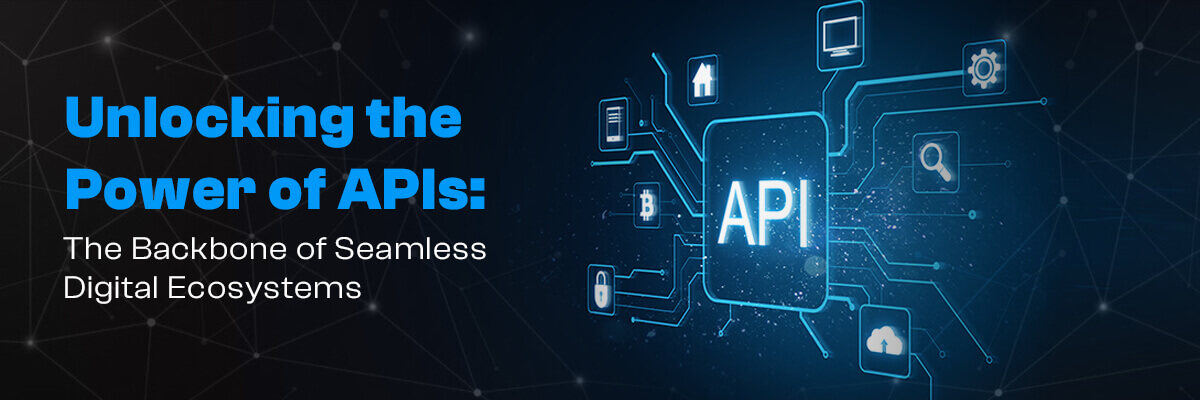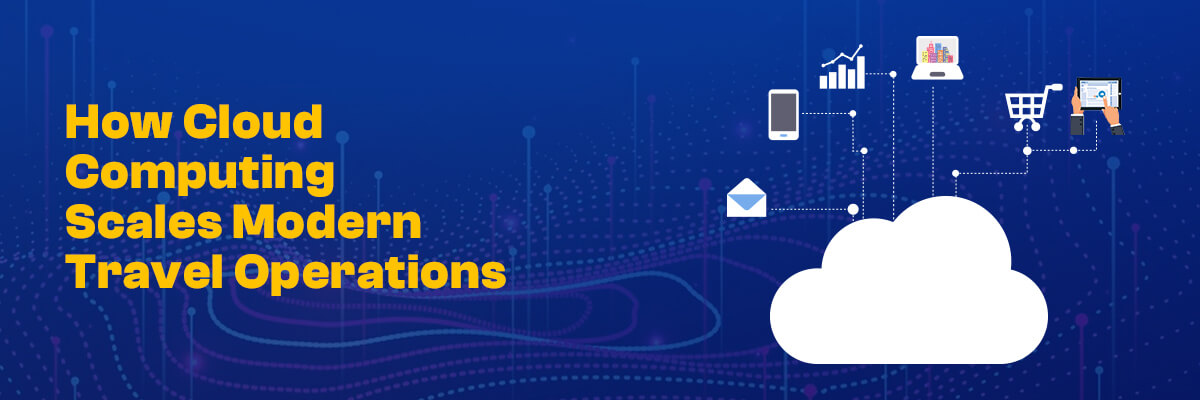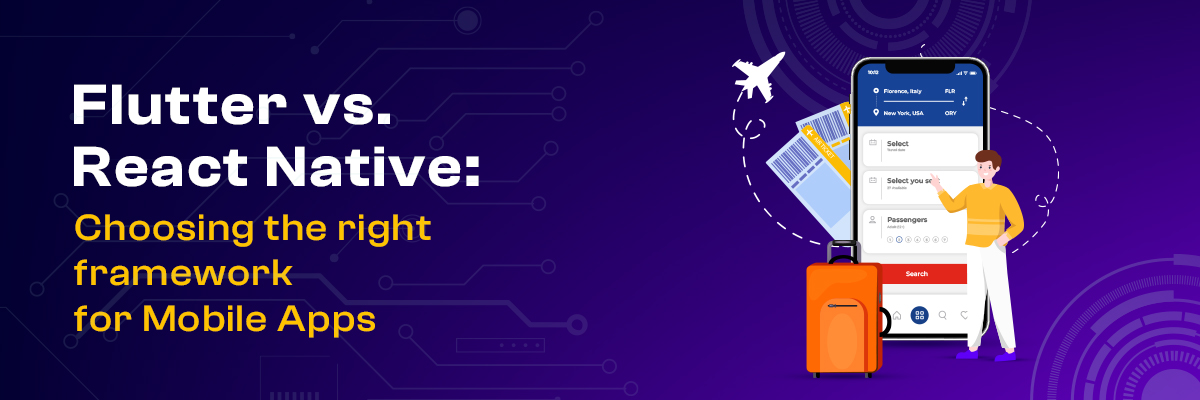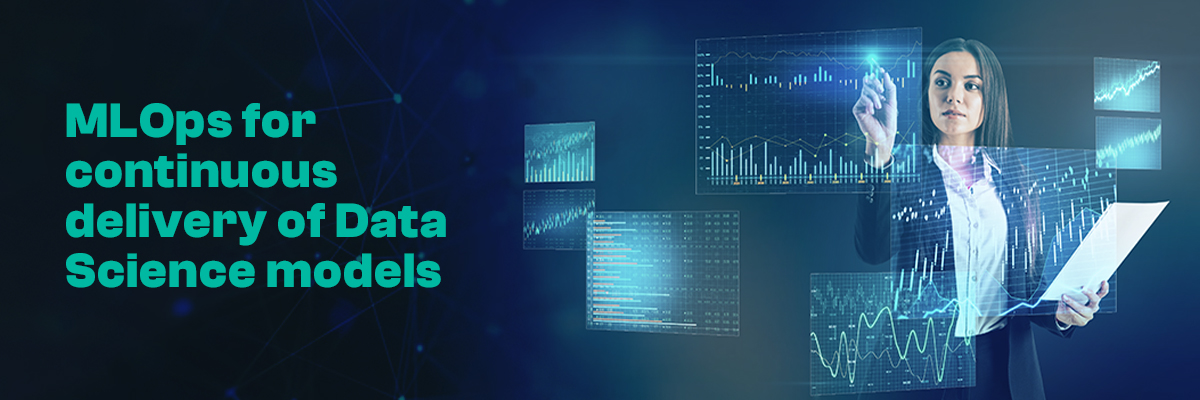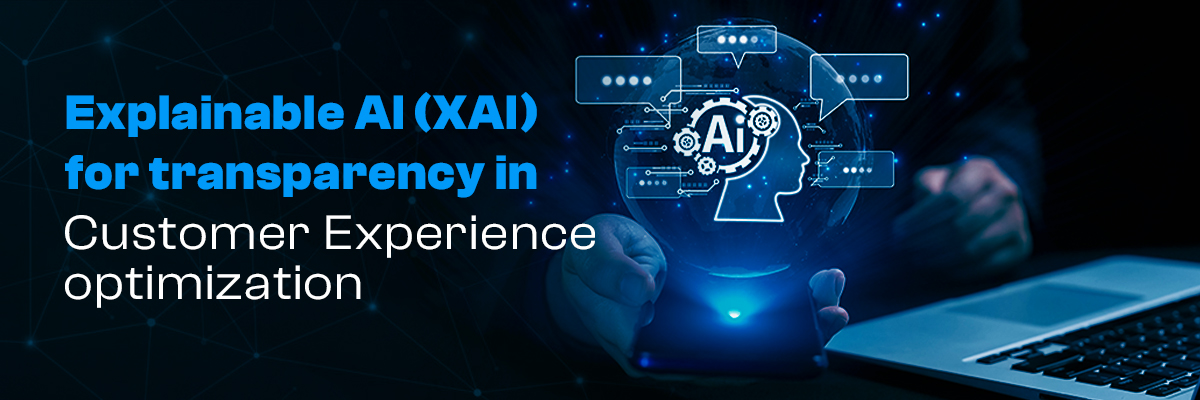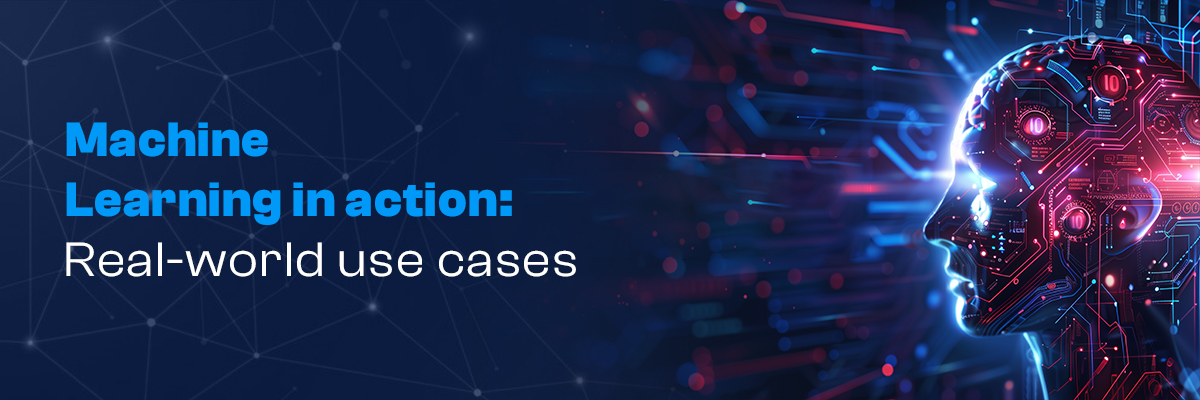Artificial Intelligence is no longer just a concept from sci-fi movies or academic papers—it’s here, reshaping how we travel, explore, and plan our vacations.
From personalizing flight recommendations to improving customer service at hotels, AI is increasingly becoming a part of our travel experience. But as we marvel at its capabilities, there’s a growing conversation about something equally important: how do we ensure AI is used responsibly and ethically in travel?
Behind every incredible AI breakthrough lies a series of tough questions. Is it fair? Is it transparent? Can we trust it? These are not just technical challenges—they’re deeply human concerns.
Let’s dive into the ethical dilemmas AI presents in the travel industry, why they matter, and how we can address them together.
The Ethical Dilemmas AI in Travel Forces Us to Face
1. Fighting Bias and Ensuring Fairness in Travel Decisions
Imagine planning your dream vacation and finding out that an AI-powered booking platform rejected your flight or hotel options—not because they were unavailable, but because of an inherent bias in the system. It sounds unjust, but these situations are happening more often than we think. AI systems in travel are designed to learn from past data, and if that data contains biases or reflects societal inequalities, the AI will replicate those biases in its decision-making process.
Where Bias Comes From:
- Data Bias: If AI systems train on data that lacks diversity, they might favor certain destinations or experiences over others, excluding travelers from diverse backgrounds.
- Algorithm Design: Sometimes, bias creeps in through the choices made by developers when determining which factors, such as price or popularity, are more “important.”
- Human Influence: Developers, like all of us, carry unconscious biases that can unintentionally shape AI travel recommendations.
The Cost of Bias:
- Discrimination: Travelers can be unfairly steered toward certain destinations, flight options, or accommodations based on skewed or incomplete data.
- Eroded Trust: If customers feel that AI systems are biased, trust in travel platforms and services could diminish, damaging the industry.
How We Fix It:
- Diverse Data: Ensuring that AI systems are trained on diverse, representative data sets will allow them to offer more inclusive, well-rounded travel options.
- Algorithm Audits: Regular checks and assessments of travel AI systems can identify and fix unfair or biased recommendations.
- Inclusive Teams: The people designing AI for travel should reflect the diversity of the communities and travelers they serve. Representation matters in developing unbiased systems.
2. Making AI in Travel Transparent and Understandable in Travel Decisions
When you interact with AI—whether booking a flight, planning a vacation, or receiving recommendations for local activities—it can feel like the decision is coming from an impersonal, opaque system. You might wonder, “What factors led to this hotel being recommended instead of others?” In actuality, a lot of AI systems are extremely complicated, and even the programmers who create them sometimes have trouble completely elucidating the logic behind the choices they make.
This lack of clarity can lead to unease, raising important questions about who is responsible for these decisions and whether we can trust them.
Why Transparency Matters:
- Building Trust: Travelers are more likely to embrace AI if they understand how it works and how recommendations are made.
- Informed Choices: Travelers deserve to know how their options are being filtered, especially when those decisions impact their travel plans and budgets.
- Accountability: Transparency ensures that companies, developers, and AI systems are held responsible when things go wrong—whether it’s an unexpected change in prices or inaccurate information about a destination.
The Challenges:
- Many AI systems, such as those used to recommend flights or accommodations, are “black boxes” that don’t easily explain how they arrived at a conclusion.
- Simplifying these models to make them more understandable may risk losing accuracy or relevance.
Solutions in Action:
- Explainable AI (XAI): Tools like SHAP and LIME can break down AI decisions into understandable insights, helping consumers make informed choices.
- Regulations: Governments and travel authorities are starting to require more transparency, demanding that companies explain how AI makes significant travel-related decisions.
3. Protecting Privacy in Travel Data
AI in the travel industry thrives on data—lots of it. From your booking history to your location data, AI systems rely on personal information to personalize recommendations and optimize travel services. But this data dependency comes with risks: our privacy.
The Risks:
- Data Breaches: Personal information such as travel itineraries or payment details could be exposed in a breach, leading to financial loss or identity theft.
- Surveillance: AI-powered systems, such as facial recognition at airports or hotels, can be misused for invasive tracking.
- Lack of Consent: Travelers often don’t fully understand how their data is being used—or if they’ve agreed to it at all.
How We Safeguard Privacy:
- Data Anonymization: Stripping personal identifiers from datasets ensures that individual privacy is respected while still allowing AI systems to function.
- Differential Privacy: Techniques that ensure adding or removing a traveler’s data won’t significantly affect the results or outcomes for others.
- Stronger Laws: Regulations like the GDPR empower individuals to control their personal travel data and ensure it’s not misused by companies.
4. Who’s Responsible When AI in Travel Fails?
When AI gets it wrong in the travel sector—whether it’s a flight algorithm that mistakenly cancels a ticket or an AI-driven recommendation that leads to a disappointing vacation experience—who’s to blame? Determining responsibility in these situations can be difficult.
The Accountability Puzzle:
- Is the developer responsible for creating the system that resulted in a flawed recommendation?
- The company’s fault for deploying the system without sufficient checks?
- Or the user’s fault for trusting the AI to plan their vacation?
What Needs to Change:
- Human Oversight: AI in travel should assist, not replace, human judgment—particularly in complex or high-stakes situations.
- Clear Regulations: The travel industry needs clear legal frameworks to ensure accountability in cases where AI makes mistakes or misguides customers.
- Ethical Guidelines: Companies must adhere to ethical principles—fairness, transparency, and privacy—in their AI development and use.
Paving the Way for Ethical AI in Travel
The good news? The travel industry is already working hard to make AI more ethical and responsible. Here’s how we can do better:
- Build Ethical AI from the Ground Up: Ethical considerations shouldn’t be an afterthought. They should be baked into every stage of AI development in travel—from initial design to post-deployment monitoring. Asking tough questions like, How could this system harm travelers? or Who might it exclude? early on can make a huge difference.
- Collaborate Across Communities: Ethical AI in travel isn’t just about technology—it’s about people. Policymakers, community leaders, and travelers need to work together to set standards and hold companies accountable.
- Push for Transparency: Demand that AI systems in travel are clear and understandable, not just for the developers but for the users. Regulations can help, but companies must also prioritize educating consumers about how AI impacts their travel choices.
- Innovate Responsibly: The race to build the most advanced travel AI shouldn’t come at the cost of fairness, privacy, or human rights. Striking a balance between cutting-edge innovation and ethical responsibility is the key challenge—and opportunity—of our time.
Looking Ahead
AI has the potential to revolutionize the travel industry, making it easier to plan, book, and experience travel in ways we never thought possible. But with every exciting advancement, there’s a responsibility to ensure it’s used ethically—fairly, transparently, and with respect for privacy and human rights.
The ethical challenges of AI in travel are not roadblocks—they’re guideposts. They remind us to move forward thoughtfully, ensuring that this powerful technology benefits everyone, not just a select few. By working together—developers, companies, policymakers, and travelers—we can navigate this ethical maze and create a future where AI enhances the travel experience for all.
As we move forward, let’s remember: AI isn’t just about machines making decisions. It’s about the values we build into those machines—and the travel world we want to create.


